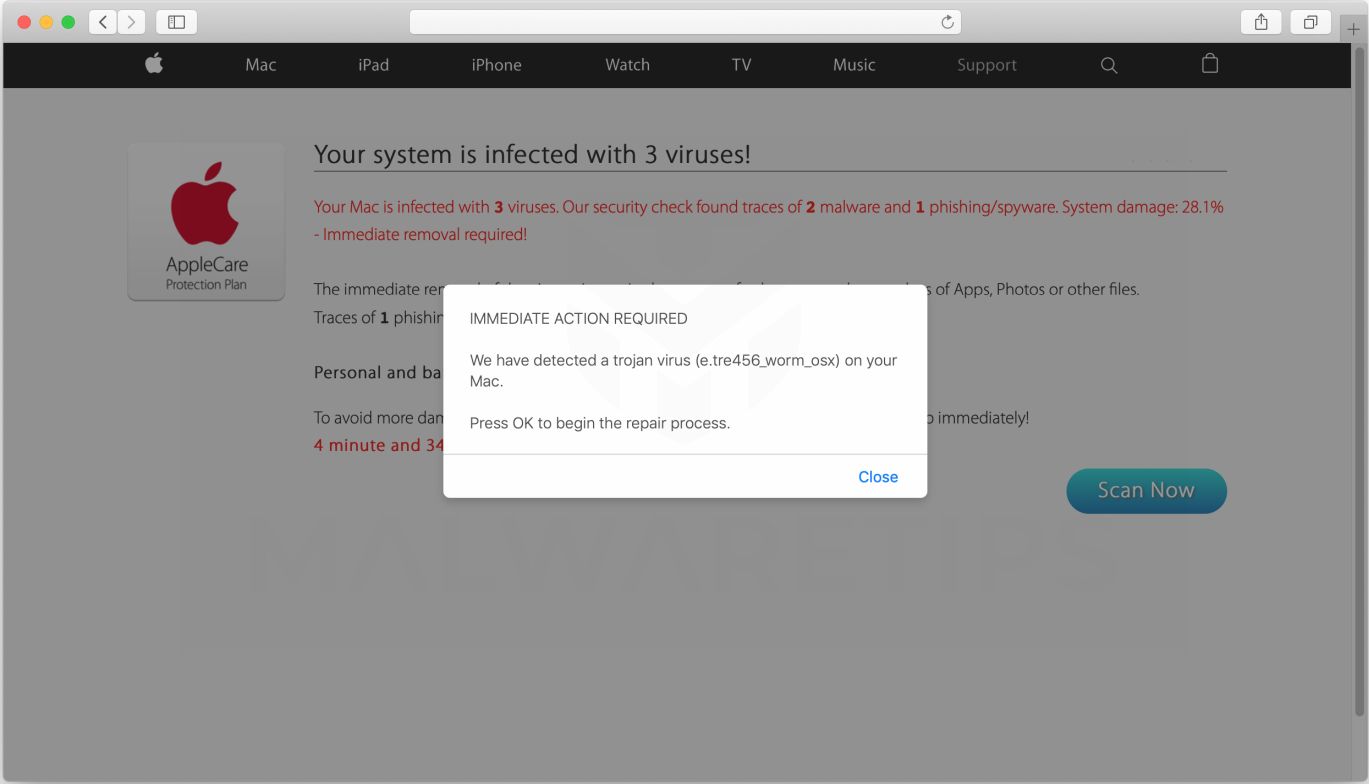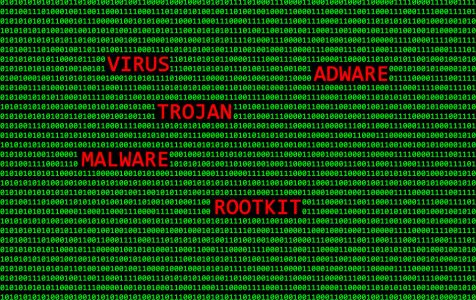

- #Scan your email account for viruses mac verification
- #Scan your email account for viruses mac password
Hackers who gain access to an email account may change settings to further compromise your security. To prevent this, you should take these steps: Hackers may make changes to allow them to get into your account again or even to continue to scam people after you’ve taken back control of the account. It can be embarrassing to let your contacts know you’ve been hacked, but the warning may save them from falling for a scam. Also tell them not to open applications, click on links, share credit card information, or send money.
Warn them to delete any suspicious messages that come from your account. Tell the colleagues, friends, and family in your email contact list that your email has been hacked.
#Scan your email account for viruses mac verification
Without your phone in hand, a hacker will be much less likely to gain entry into an account that has two-step verification turned on.

For example, the service provider may send the one-time passcode to your phone each time you try to log in.
#Scan your email account for viruses mac password
Also known as multifactor authentication, this extra security measure typically requires you to enter your username and password along with a temporary passcode to get into an account. For example, don’t choose “What’s your mother’s middle name?” if your mom routinely uses her first, middle, and last name on social media. Avoid choosing questions with answers that can easily be guessed or found online. They could hack your account again if you don’t change these questions and answers. The hacker may have gotten access to your account by guessing the answers to security questions. Password managers offer an easy and secure way to create complex passwords and to keep track of your login credentials. Secure passwords or passphrases should contain at least 12 characters, including numbers, symbols and a mix of capital and lowercase letters. If you do still have access to your account, make these changes right away: You will probably have to provide an array of information to prove your identity and regain control of your email. If the hacker has locked you out, you may have to contact your email service provider for help. The first step: Take back control of your account. Wondering what to do when your email is hacked? Here are four steps you can take right now to regain control of your account, banish the hacker, and help protect yourself in the future. 4 things to do if your email account has been hacked If you think your email has been hacked, take quick action to minimize the damage. A hacked email can put you and your email contacts at risk for identity theft and bank account or credit card fraud. Your email also may contain a wealth of information about your bank account, credit cards, and other financial accounts. The hacker can simply click “forgot password” at login and have a password reset link sent right to your email inbox, which they now control. You email account can act as a gateway into other accounts. If your latest Instagram post or tweet is touting some product you’ve never used, a hacker may have gained access to both your email and social media accounts.

Federal Trade Commission charged four scammers who hacked accounts to send millions of emails urging the recipients to try “miracle” weight loss pills. The ultimate goal could be to get these email contacts to send money, turn over personal information, or click a link that installs malware, spyware, or a virus on the victim’s device. Scammers hack email accounts so they can send phony messages from a trusted email address in hopes of getting the recipients to take action.


 0 kommentar(er)
0 kommentar(er)
